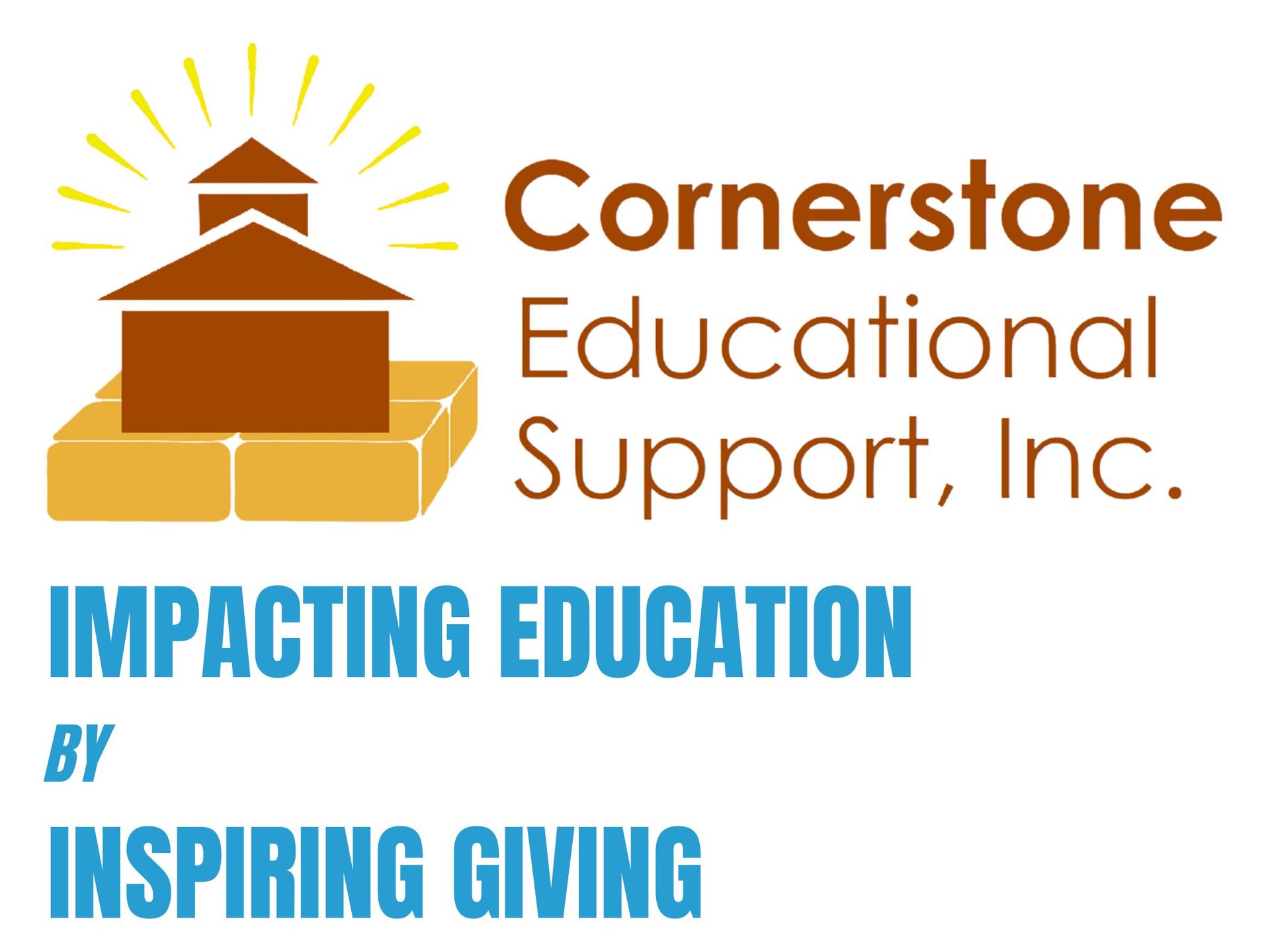Deep Diving a Rabbit Hole
Disclaimer: This post is presented for informational purposes only and is not to be construed as tax, legal, or any other professional and/or political advice.
Having read that overall charitable giving has decreased in recent years, I’ve been curious lately about the impact of the “Tax Cuts and Jobs Act (TCJA)” on that decrease. That is, when TCJA was signed into law in 2017, the standard deduction was almost doubled; but this also eliminated many/most itemized deductions for those who take the standard deduction. The itemized deduction of charitable giving is among those eliminated when taking the standard deduction. (There was a temporary allowance of $300 for single filers and $600 for married-joint filers, but that has since been eliminated.)
My curiosity triggered my deep dive into a rabbit hole of Internet research. Specifically, I’ve been wondering if there is a direct correlation between the decrease in charitable giving and the elimination of the deduction for charitable giving when taking the standard deduction. If yes, is it because of the loss of an incentive for giving? Are there other factors that have played a role in the decrease (like economic uncertainty)? If there are multiple factors, how are researchers able to quantify the impact of each one?
My curiosity then led me to wonder if anyone has proposed legislation to permit the allowance of a charitable giving deduction for those who take the standard deduction. (Hint: Research the bipartisan “Charitable Act.”) This research then led me to discover that many aspects of TCJA will sunset in 2025. I did not know this. (Refer to the nonpartisan Congressional Research Service’s [CRS] “Reference Table: Expiring Provisions in the ‘Tax Cuts and Jobs Act’ [TCJA, P.L. 115-97]” dated November 21, 2023. *See the link below.)
Since I was already deep in research, I burrowed further into my rabbit hole to find out if CES, as a nonprofit, is permitted to mention this matter in a blog post, since our 501(c)(3) status prohibits us from engaging in certain political activities. I learned the answer to that question is yes, as the “Charitable Act” and the CRS report are bipartisan/nonpartisan; we are not endorsing any candidates; and we are not encouraging legislation one way or the other. 501(c)(3) organizations are actually encouraged to engage in nonpartisan activities that benefit the public at large without taking one side or the other (for example, by educating the public on civic issues), to the extent permitted by law. This blog post is simply meant to educate the reader regarding the referenced topics and to encourage the reader’s independent research.
I learned a lot as I researched the mentioned topics. In particular, I learned (yet again) that starting a 501(c)(3) is not for the faint of heart. There is a lot to navigate in the nonprofit world to ensure compliance. This brings me full circle — though in a somewhat convoluted way — to last week’s blog topic of the advancement of technology. If not for the Internet, I would not have been able to readily research these topics. As much as I resisted technology at first several decades ago, I have grown to deeply appreciate its value in my everyday life. Helping CCS’s students improve their technology skills with a computer upgrade is critical to their educational advancement. With or without a tax incentive for giving (another full circle back to the beginning of this post), the real reward for giving to help our computer upgrade campaign is knowing we’ve each played a role in helping CCS advance its students in this technology-driven world. Thank you for coming alongside us in this effort.
*Link to CRS Report:
"Each of you should give what you have decided in your heart to give, not reluctantly or under compulsion, for God loves a cheerful giver." (2 Corinthians 9:7, NIV)

Big Dream Blog




